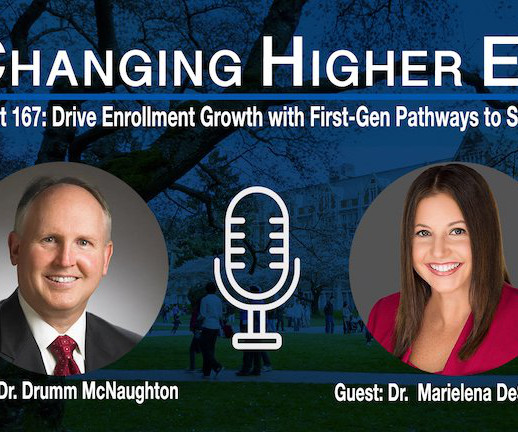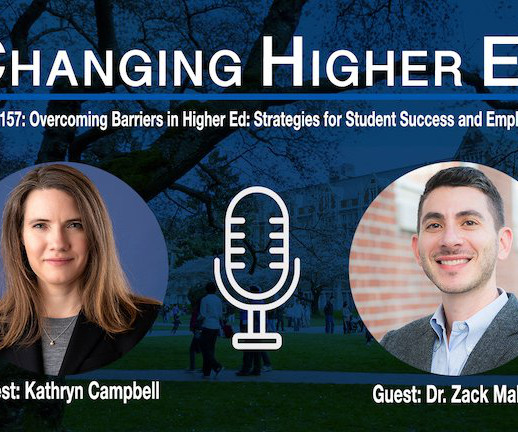Improving Enrollment, Retention, and Graduation Rates: Learning from the Arrupe College Strategic Enrollment Model
The Change Leader, Inc.
MARCH 2, 2023
Despite the pandemic “being over,” enrollments have not recovered to the pre-pandemic levels. Exacerbating this, higher ed is facing significant headwinds to recovering enrollments, including the demographic cliff, reduction of public funding, and a robust job market. Realistically, this number is probably 20-30%.











Let's personalize your content